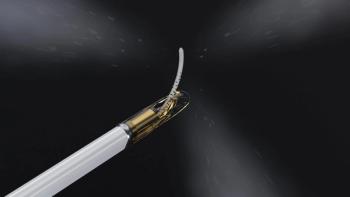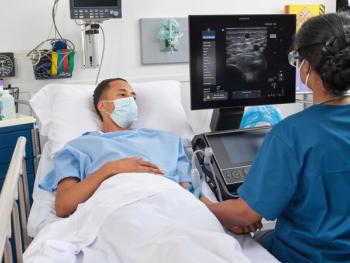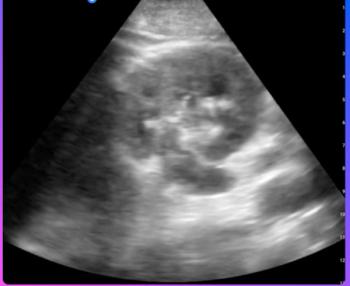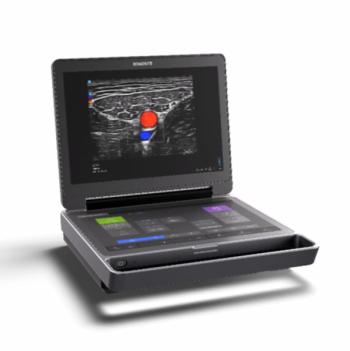
Young radiologists, professional challenges pose difficulties for ultrasound
Too few younger practicing radiologists are prepared to embrace ultrasound and push it to its clinical limits, according to Prof. Lorenzo Derchi, a professor of radiology at the University of Genoa in Italy.
Too few younger practicing radiologists are prepared to embrace ultrasound and push it to its clinical limits, according to Prof. Lorenzo Derchi, a professor of radiology at the University of Genoa in Italy.
They can perform the most common examinations, but insufficient attention is given to the advancement of the modality in areas like contrast enhacement, volume ultrasound, and musculoskeletal ultrasound. And new examination techniques are often introduced in clinical practice by nonradiologist clinicians, he told ECR attendees at Saturday’s special focus session on the present and future direction of ultrasound.
“The relationship between ultrasound and radiology has not always been an easy love story, and it still isn’t,” he said. “Radiological ultrasound is facing professional and research problems.”
Among the professional challenges are a decreased focus on the visibility of ultrasound, emphasis on the technical aspects of ultrasound during residency programs, and the request for high-level scanning skills at the end of training, Derchi said.
“It seems like ultrasound is thought of as a mature technique, in which there is no room for advancement. It seems young radiologists are considering other techniques as more rewarding. It seems department heads regard other techniques as the core of the radiology business,” he said. “We do not want ultrasound to remain only the stethoscope of the clinician.”
Ultrasound elastography is an emerging area that deserves particularly urgent consideration, said Prof. Giorgio Rizzatto, chair of diagnostic imaging at Gorizia General Hospital in Italy. It has rapidly become a valid clinical tool in daily practice, both for screening and monitoring. In general, a routine transducer can be used, and the technique is reproducible, easy, and quick to assess.
“But you must remember that is only a complementary descriptor,” he said. “It mainly increases the specificity for benignity, enhances the accuracy of biopsies, and reduces the need of biopsy or short-term follow-up.”
Note: a version of this article appeared in the 2010
ECR Today
newspaper.
Newsletter
Stay at the forefront of radiology with the Diagnostic Imaging newsletter, delivering the latest news, clinical insights, and imaging advancements for today’s radiologists.




























